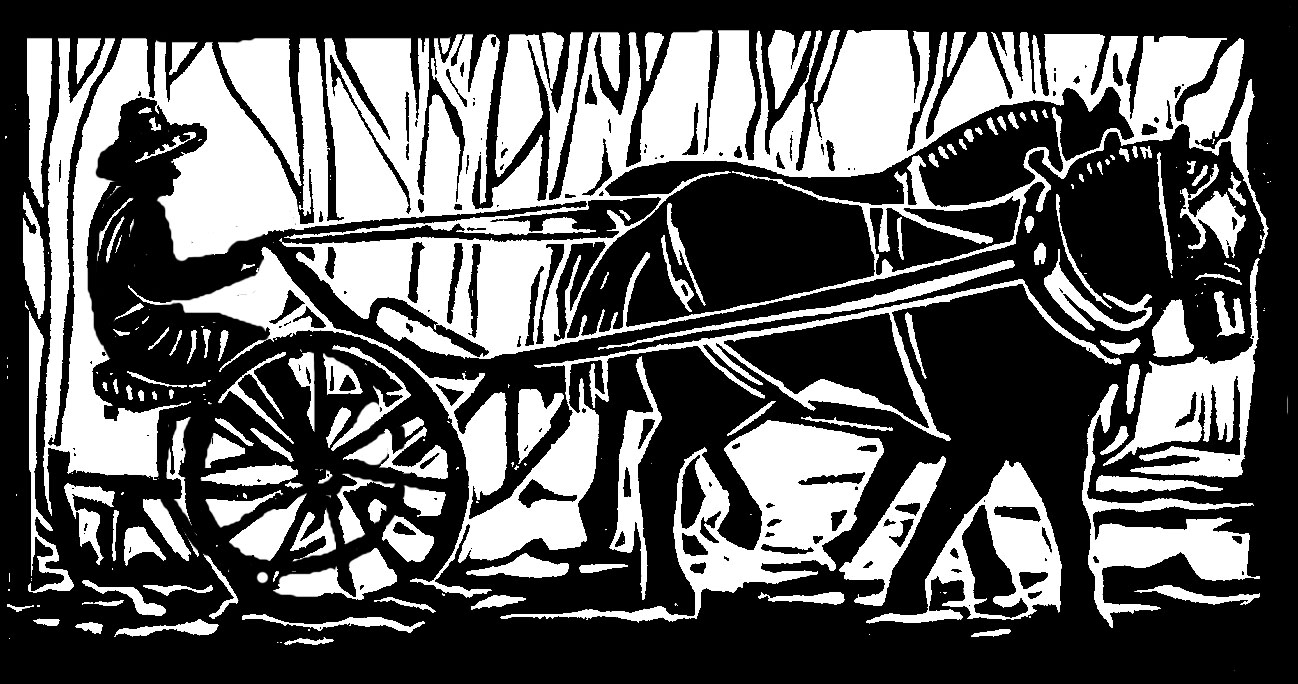“Gee, I hate to be a fair weather friend,” says the voice on the answering machine, “but I can't help you with haying today.”
“What ? What?” say the farmers, not sure if we are hearing correctly. “That's exactly what we do want! A fair weather friend!”
Haying of course, is all about fair weather, three days of fair weather in a row, in fact. One day to mow the hay, one day to rake it, and one day to load it up and then unload it safely in the barn, away from the rain.
My fellow farmer pays close attention to the weather reports this time of year, looking for the magic three days. 10% chance of rain? That's not much. 20%? 30%? “What do you think?” my fellow asks me, hoping my growing-up-on-a-dairy-farm-my-whole-childhood-was-about-hay wisdom will kick in.
“Oh gosh,” I waffle, as I weed the beets, “I don't know. Maybe, but we've got so much garden work to do: weeding, harvesting, mulching, planting fall crops, the CSA, the Farmers Market. Maybe we should wait . . .”
“Can't wait! Can't wait! Can't wait!”' says my pepped up farming fellow. He loves haying. I, on the other hand, come to the project with a little more trepidation. After all, my whole childhood was about hay: hay mowed, raked, baled, loaded, unloaded . . . mower broken down, baler broken up, loads of hay tipped over . . .hay dry, hay half-wet, hay all the way wet, hay ruined . . .
“Four horses,” says my fellow, “only four! Only four nice horses munching on the delicious nutritious hay from our own farm all winter!” He is trying to remind me how very different this present haying is: hay put up loose for four horses, using a sickle bar mower, a wheel rake, and a hayloader, to make 800 bales of hay, more or less, as opposed to tractors, mowing machines, balers, and 150 head of stock eating 10,000 bales of hay over a winter on my home dairy farm.
“Oh, okay,” I sigh. “I guess we should get started. Or it'll get too late in the year.”
“Great, I'll get the horses harnessed,” says my fellow, tearing to the barn. He harnesses the team and is on his way to the field with the sickle bar mower before I can consider changing my mind.
He returns cheerfully two hours later, the field mowed, the mower still working, and the horses sweaty, glad to return to their cool, dim, fly-free stalls.
My fellow checks the weather again, “Uh-oh. Now they're saying 40%,” he says. “What do you think?”
“Well, it;'s too late now,” I could say, but instead I muster up a few words of encouragement for my good-hearted fellow: “Sky's clear right now!”
“Yeah,” my fellow says happily, and the next day he rakes the hay, turning it over so it can dry on the other side, and making windrows.
On the third day, it is overcast. “Uh-oh,” says my fellow again. “Forty percent. We'd better hurry and get it in. Don't you think?”
“Well, is the hay dry? Did you check it?” Now I am weeding the carrots, trying to get some garden work done in haying-time. It makes perfect sustainable sense to make hay from our own fields to feed our own horses who plow our gardens so we can raise vegetables to eat and sell and make a living so that we can keep making hay from our own fields to feed our own horses who . . . But gosh, haying-time sure takes a lot of time in prime gardening time.
“I haven't looked yet. Come check it with me, please? You know all about it,” he pleads. “Please?”
We go up to the field to check, both of us hoping my fellow farmer's faith in my childhood haying is not entirely misplaced. The clouds seem to press down more heavily as we walk around the field, massaging clumps of hay through our hands. Is the hay dry? Kind of. Mostly.
My fellow looks worriedly at the sky, at me. Heck, I don't know. It's practically dry. It's got to be dry, considering the clouds. “I guess, “ I say finally, and my fellow heads for the horses and the wagon and the hayloader.
“Great, let's get it in, before it gets wet!” he hollers enthusiastically to the sky and the field and the hay and any fair weather friends that might happen by.
“Let's,” I say. “Let's try!”
Originally published in the Monadnock Shopper News, July 8-14, 2015

